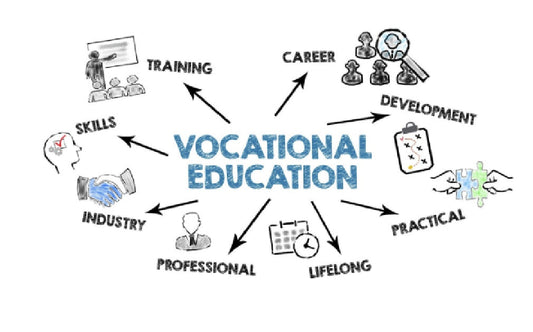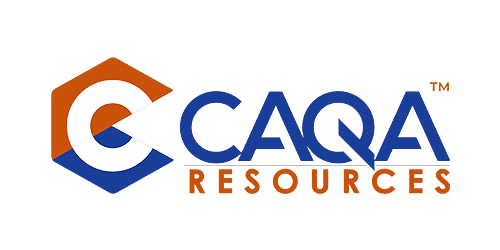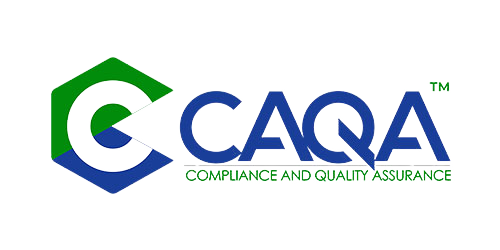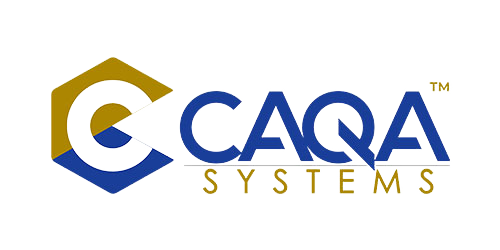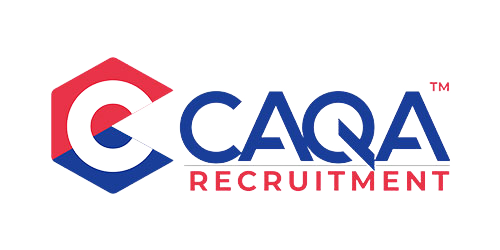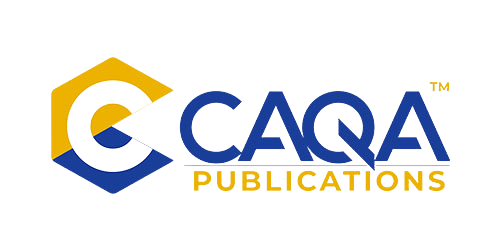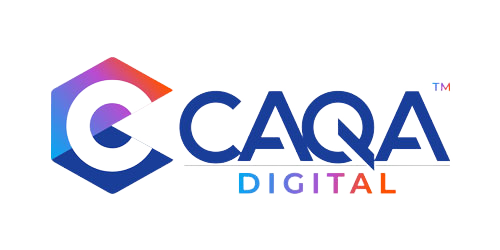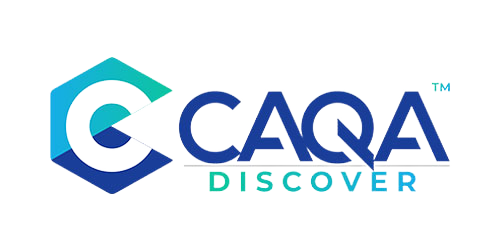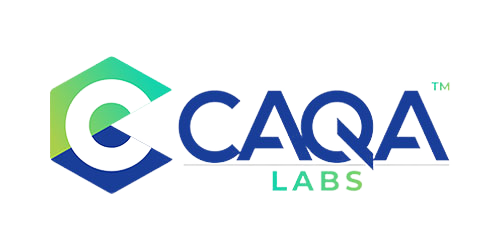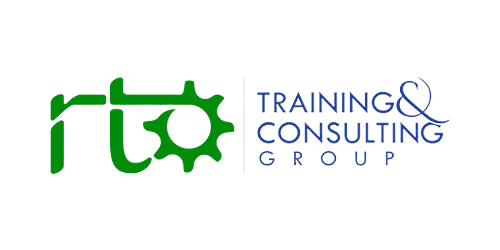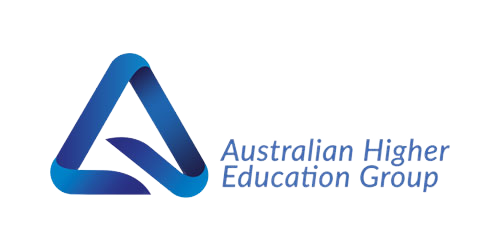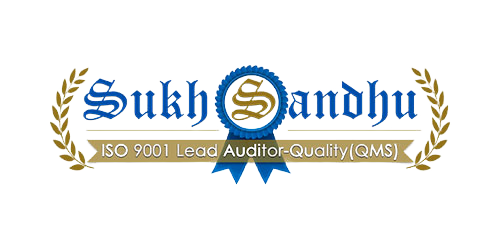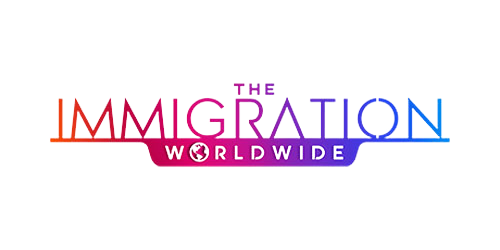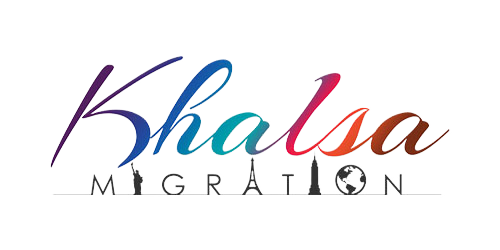The Evolution of Student Support in Vocational Education
The landscape of vocational education and training (VET) in Australia has undergone significant transformation over the past decade, with regulatory bodies emphasising the critical importance of student-centred approaches to quality assurance. This shift represents more than just a regulatory change—it embodies a fundamental reconceptualisation of how Registered Training Organisations (RTOs) should operate, moving away from compliance-focused models toward systems that genuinely prioritise student outcomes, wellbeing, and success.
Recent reforms across the national VET framework have placed Quality Area 2—student support and protection—at the heart of regulatory expectations. This area encompasses information provision, training support, diversity and inclusion, student well-being, and effective feedback mechanisms. For RTOs navigating the complex regulatory environment overseen by ASQA, VRQA, and TAC, understanding the nuanced expectations around student support has become essential not just for compliance but for organisational excellence and sustainability.
This article delves into the multifaceted aspects of Quality Area 2, exploring practical strategies RTOs can implement to create supportive learning environments that protect students' interests while enhancing educational outcomes. By examining best practices across the sector and drawing insights from successful implementation stories, we aim to provide a comprehensive guide for RTOs committed to excellence in student support—regardless of which regulatory jurisdiction they operate within.
Transparent Information: The Foundation of Student Agency
The cornerstone of student-centred quality assurance begins with information transparency. Standards 2.1 and 2.2 within Quality Area 2 establish clear expectations: students must have access to accurate, comprehensive information to make informed decisions about their training pathways, and RTOs must provide guidance on training product suitability based on individual circumstances.
For RTOs regulated by ASQA, VRQA, or TAC, this means developing robust information systems that go beyond mere compliance with marketing requirements. The most successful providers implement layered information approaches, where prospective students encounter increasingly detailed information as they progress through their decision-making journey. This might begin with clear, accessible website content that avoids industry jargon, progress through more detailed course guides, and culminate in personalised pre-enrollment consultations.
"The most common compliance issues we encounter relate to misinformation or inadequate pre-enrollment guidance," notes a senior auditor with experience across multiple regulatory jurisdictions. "RTOs that excel in this area typically invest in multi-channel information systems, ensuring consistency across their website, social media, printed materials, and verbal communications."
Progressive RTOs are increasingly implementing digital solutions to enhance information accessibility. Interactive course selectors, video testimonials from graduates in different industries, and virtual campus tours can significantly improve prospective students' understanding of what to expect. However, these digital tools must be supplemented with human touchpoints, particularly when advising on training product suitability.
Pre-enrollment suitability assessments have evolved considerably in recent years. While language, literacy, and numeracy (LLN) assessments remain important, forward-thinking RTOs are expanding these to include broader evaluations of digital literacy, time management capabilities, and industry-specific aptitudes. Some providers are also incorporating career guidance elements into these assessments, helping students understand how specific training products align with their long-term career aspirations.
Regulatory bodies across Australia have emphasised the importance of making prospective students aware of any third-party arrangements that may affect their training experience. Whether ASQA, VRQA, or TAC-regulated, RTOs must ensure students understand who will be delivering various components of their training, particularly when external workplaces or partner organisations are involved. This transparency extends to making students aware of any changes that might affect them during their enrollment period.
Personalised Training Support: Beyond One-Size-Fits-All
Standards 2.3 and 2.4 address the critical area of training support, recognising that students' diverse needs require flexible, responsive support systems. Regulatory expectations across ASQA, VRQA, and TAC jurisdictions align in requiring RTOs to provide "reasonable access" to support services—a term intentionally designed to accommodate the diverse contexts in which RTOs operate.
Leading RTOs are redefining what constitutes "reasonable access" in the digital age. While traditional face-to-face support remains valuable, innovative providers are implementing tiered support systems that combine automated resources with escalation pathways to human assistance. Learning management systems with integrated support features, peer mentoring programs, and virtual drop-in sessions are becoming increasingly common across the sector.
"The most effective training support systems are those designed with the specific student cohort in mind," explains an RTO manager with experience across multiple jurisdictions. "What constitutes 'reasonable access' for a cohort of digital natives studying online will differ substantially from what's appropriate for mature-age learners transitioning to new industries or students from disadvantaged backgrounds."
Making reasonable adjustments for students with disability represents both a regulatory requirement and an opportunity for RTOs to demonstrate their commitment to inclusivity. While the Disability Standards for Education 2005 provide the legislative framework, implementation approaches vary widely across the sector. High-performing RTOs typically adopt universal design principles in their learning resources, ensuring that materials are accessible to students with diverse needs from the outset rather than requiring extensive modifications later.
The interconnection between Standards 2.3 and 2.4 highlights that effective training support must be personalised to individual circumstances. RTOs audited by ASQA, VRQA, or TAC are increasingly expected to demonstrate how they identify and respond to individual learning needs—whether these relate to disability, cultural background, prior educational experiences, or industry-specific requirements.
Documentation of support processes has emerged as a key focus area across regulatory jurisdictions. While the nature and extent of documentation may vary depending on whether an RTO is regulated by ASQA, VRQA, or TAC, all providers are expected to maintain records that demonstrate both the support offered and the reasoning behind support decisions. This documentation serves both compliance purposes and provides valuable data for continuous improvement.
Embracing Diversity and Cultural Safety in VET
Standard 2.5 addresses the critical area of diversity and inclusion, requiring RTOs to create learning environments that promote and support student diversity. This represents an area where regulatory expectations have evolved significantly in recent years, with increased emphasis on cultural safety, particularly for First Nations students.
For RTOs regulated by ASQA, VRQA, or TAC, cultivating truly inclusive learning environments requires both policy frameworks and lived organisational values. Leading providers in this space typically begin with comprehensive cultural competence training for all staff, ensuring that diversity and inclusion principles permeate every aspect of the student experience—from marketing materials to assessment methodologies.
"Cultural safety for First Nations students requires more than token acknowledgments or isolated initiatives," emphasises an Indigenous education specialist working across multiple regulatory jurisdictions. "It demands systematic approaches to incorporating Indigenous perspectives into training delivery, creating environments where First Nations students feel their identities and knowledge systems are valued and respected."
Progressive RTOs are moving beyond compliance-focused approaches to diversity, recognising the educational and organisational benefits of truly inclusive environments. Research consistently demonstrates that diverse learning communities enhance critical thinking, creativity, and problem-solving capabilities—skills increasingly valued across all industry sectors. By celebrating diversity as an asset rather than treating it as a compliance obligation, forward-thinking providers are gaining competitive advantages while better serving their students.
The interconnection between Standards 2.5 and other aspects of Quality Area 2 highlights that diversity and inclusion cannot be addressed in isolation. Inclusive information provision (Standards 2.1 and 2.2), personalised support services (Standards 2.3 and 2.4), and culturally sensitive feedback mechanisms (Standards 2.7 and 2.8) all contribute to creating learning environments where diversity is genuinely valued.
Regulatory bodies, including ASQA, VRQA, and TAC, are increasingly focusing on how RTOs evaluate the effectiveness of their diversity and inclusion initiatives. High-performing providers typically implement regular cultural climate assessments, gathering quantitative and qualitative data on students' experiences and using this information to drive continuous improvement in inclusive practices.
Student Wellbeing: The Essential Foundation for Learning
Standard 2.6 addresses student wellbeing, requiring RTOs to identify cohort-specific wellbeing needs and implement strategies to support these needs. This relatively new regulatory focus acknowledges the fundamental connection between well-being and learning outcomes—a connection supported by extensive research across educational contexts.
For RTOs navigating the regulatory landscapes defined by ASQA, VRQA, or TAC, addressing student wellbeing requires multifaceted approaches tailored to specific cohort characteristics. Leading providers in this area typically begin with comprehensive needs assessments, gathering data on the particular challenges facing their student populations and using this information to design targeted support strategies.
"Effective wellbeing support often involves establishing clear boundaries regarding what the RTO can and cannot provide," notes a compliance manager with cross-jurisdictional experience. "The most successful providers develop strong referral partnerships with external support services, ensuring students can access specialised assistance when needed while maintaining appropriate professional boundaries."
Industry-specific well-being considerations have emerged as a key focus area, particularly for RTOs delivering training in high-stress or emotionally demanding fields. Providers offering qualifications in healthcare, community services, or emergency response must pay particular attention to preparing students for the well-being challenges they may encounter during work placements and subsequent employment.
The COVID-19 pandemic accelerated the development of digital well-being support systems across the VET sector. While initially implemented as emergency responses, many of these innovations have proven valuable beyond the pandemic context. Virtual wellbeing check-ins, online mindfulness sessions, and digital peer support communities have become permanent features in many RTOs' wellbeing frameworks.
Regulatory bodies, including ASQA, VRQA, and TAC, recognise that wellbeing support strategies must be proportionate to organisational scale and student needs. While large RTOs might be expected to have dedicated well-being teams and comprehensive support programs, smaller providers can demonstrate compliance through appropriate referral systems and basic well-being literacy among teaching staff.
The interconnection between Standard 2.6 and other aspects of Quality Area 2 highlights that well-being cannot be addressed in isolation. Transparent information (Standards 2.1 and 2.2), personalised support (Standards 2.3 and 2.4), and inclusive learning environments (Standard 2.5) all contribute to student well-being, creating a foundation for educational success.
Effective Feedback Systems: Driving Continuous Improvement
Standards 2.7 and 2.8 address feedback, complaints, and appeals processes—mechanisms that not only protect student interests but also provide RTOs with valuable data for continuous improvement. These standards highlight the regulatory expectation that RTOs will approach feedback with a growth mindset rather than a defensive posture.
For RTOs regulated by ASQA, VRQA, or TAC, establishing effective feedback systems begins with creating cultures where feedback is genuinely valued. Leading providers in this space typically implement multi-channel feedback mechanisms, recognising that students have diverse preferences regarding how they share their experiences and concerns.
"The most valuable feedback often comes from students who feel safe expressing their authentic experiences without fear of repercussion," observes a quality assurance expert with experience across regulatory jurisdictions. "RTOs that create psychological safety around feedback typically gain much richer insights than those where students perceive feedback as risky or futile."
Digital technologies have transformed feedback collection and analysis across the sector. Progressive RTOs are utilising analytics tools to identify patterns in feedback data, enabling them to address systemic issues rather than merely resolving individual complaints. These analytics-driven approaches often reveal opportunities for improvement that might remain invisible when examining complaints in isolation.
Complaints management processes must balance procedural fairness with accessibility and responsiveness. While regulatory bodies including ASQA, VRQA, and TAC expect RTOs to maintain documented procedures, leading providers ensure these processes remain student-centered rather than bureaucratically cumbersome. This typically involves offering multiple complaint lodgment channels, providing assistance to students who may face barriers to articulating their concerns, and establishing clear timelines for resolution.
Appeals processes for assessment and enrollment decisions require particular attention, given their potential impact on students' educational and career pathways. High-performing RTOs establish multi-tier appeals systems, where students can initially seek internal review before accessing independent third-party assessment if necessary. Importantly, these processes must be accessible without prohibitive costs to students—a point emphasised across regulatory jurisdictions.
The interconnection between Standards 2.7 and 2.8 and other aspects of Quality Area 2 demonstrates that effective feedback systems complement and enhance other student support mechanisms. By systematically analysing feedback data, RTOs can continuously refine their information provision (Standards 2.1 and 2.2), support services (Standards 2.3 and 2.4), diversity initiatives (Standard 2.5), and wellbeing strategies (Standard 2.6).
Implementation Strategies: From Compliance to Excellence
For RTOs seeking to move beyond baseline compliance to excellence in student support, several implementation strategies have proven particularly effective across ASQA, VRQA, and TAC jurisdictions:
1. Integrated Quality Systems
Rather than treating Quality Area 2, standards as isolated compliance requirements, high-performing RTOs integrate student support mechanisms into comprehensive quality systems. This integration ensures that student-centered approaches permeate every aspect of operations—from marketing and enrollment through to completion and post-training follow-up.
2. Data-Driven Decision Making
Leading providers systematically collect, analyse, and act upon student data, using these insights to continuously refine support mechanisms. This data-driven approach enables RTOs to identify emerging trends, evaluate the effectiveness of support initiatives, and make evidence-based decisions about resource allocation.
3. Professional Development Focus
Excellence in student support requires ongoing professional development for all staff—not just those in dedicated support roles. Progressive RTOs invest in building capabilities across their organisations, ensuring that everyone from administrative personnel to trainers and assessors understands their role in supporting student success.
4. Technology as an Enabler
While technology alone cannot create student-centred environments, digital tools can significantly enhance support mechanisms when thoughtfully implemented. RTOs excelling in Quality Area 2 typically utilise technology to increase accessibility, personalise learning experiences, streamline administrative processes, and gather rich feedback data.
5. Student Co-Design
Involving students in designing support systems represents a powerful strategy for ensuring these mechanisms genuinely meet student needs. Leading RTOs establish student advisory groups, conduct regular co-design workshops, and create multiple channels for students to influence organisational decision-making.
6. Cross-Sector Collaboration
Excellence often emerges from collaboration rather than isolation. Forward-thinking RTOs actively participate in communities of practice, industry networks, and regulatory forums, sharing insights and learning from others' experiences across jurisdictional boundaries.
Regulatory Harmonisation: Navigating Multiple Jurisdictions
While ASQA regulates the majority of Australian RTOs, providers operating in Victoria or Western Australia may be regulated by VRQA or TAC, respectively. These different regulatory environments create potential complexities for multi-jurisdictional providers, particularly in implementing consistent student support approaches.
Recent efforts toward regulatory harmonisation have reduced these complexities, with increasing alignment between ASQA, VRQA, and TAC expectations regarding student support. The common thread across jurisdictions is the fundamental principle that RTOs must design and implement support mechanisms proportionate to their scale, scope, and student cohort characteristics.
For RTOs operating across jurisdictional boundaries, developing modular quality systems offers a practical solution. These systems incorporate core elements that satisfy requirements across all relevant jurisdictions, with jurisdiction-specific modules addressing any unique expectations. This approach enables providers to maintain consistent student experiences while meeting varying regulatory requirements.
The movement toward outcomes-focused regulation across jurisdictions provides opportunities for innovative approaches to student support. Rather than prescribing specific mechanisms, ASQA, VRQA, and TAC increasingly focus on evidence of effectiveness—allowing RTOs to implement context-appropriate solutions provided they can demonstrate positive impacts on student experiences and outcomes.
Beyond Compliance to Student-Centered Excellence
Quality Area 2 represents more than a set of compliance requirements—it embodies a vision for vocational education where student interests, well-being, and success drive organisational decision-making, for RTOs regulated by ASQA, VRQA, or TAC, excellence in this area requires moving beyond checkbox approaches to develop authentic, integrated student support systems.
The most successful providers recognise that compliance and quality are complementary rather than competing priorities. By embedding regulatory requirements within broader quality frameworks, these RTOs simultaneously satisfy regulatory expectations and create distinctive educational experiences that attract and retain students in increasingly competitive markets.
As the VET sector continues to evolve, student-centred approaches will likely become even more important—both as regulatory expectations and as competitive differentiators. RTOs that invest in developing comprehensive, responsive student support systems today are positioning themselves for sustained success in this changing landscape.
Ultimately, excellence in Quality Area 2 serves multiple stakeholders: students benefit from enhanced educational experiences and outcomes; RTOs benefit from improved retention, completion, and satisfaction metrics; industry partners benefit from better-prepared graduates; and the broader VET sector benefits from strengthened reputation and public confidence. By prioritising student support, RTOs contribute not only to individual success stories but also to the overall quality and integrity of Australia's vocational education system.





